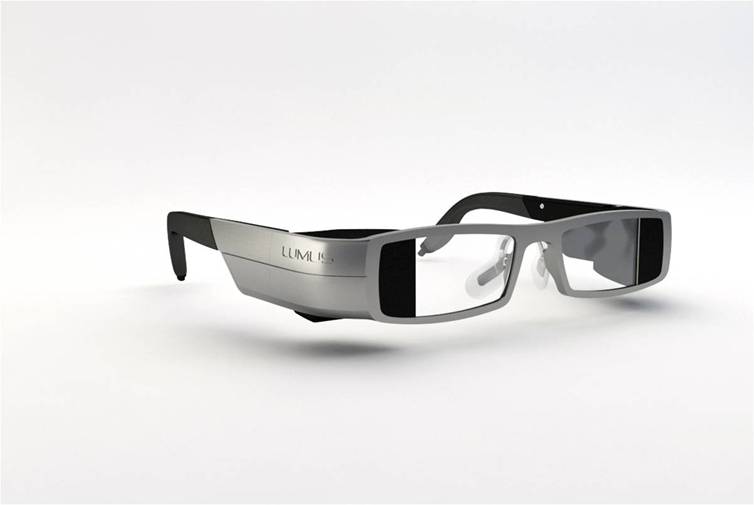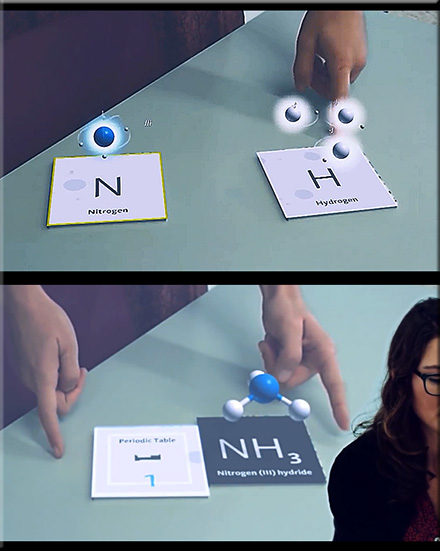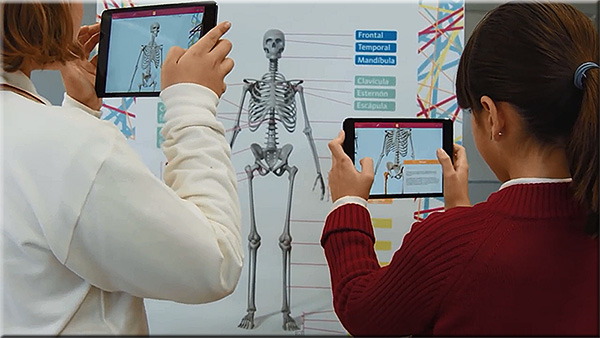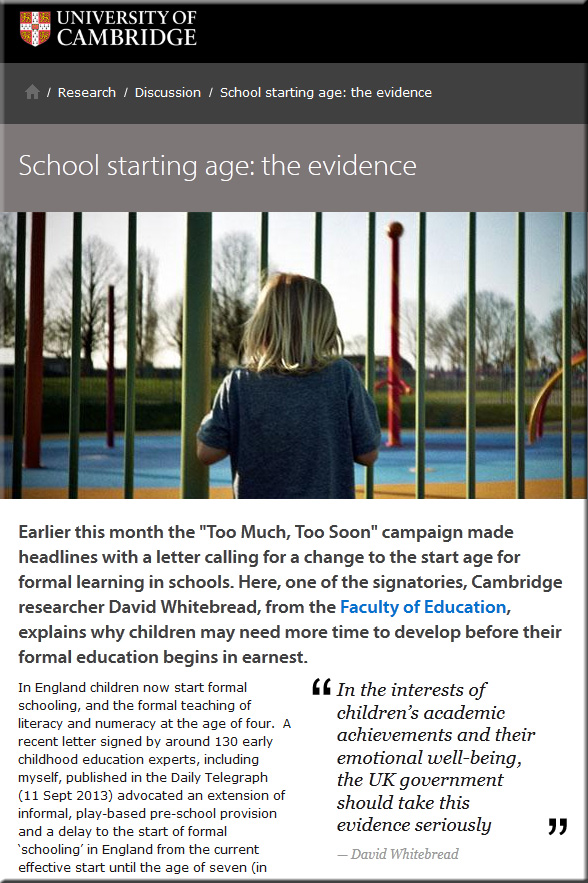From DSC:
I ran across Manish Mohan’s blog posting — Seven Survival Skills in Today’s World — which focused on Tony Wagner’s keynote address at the IFC’s International Private Education Conference: Rethinking Education, Shaping the Future.
So I read the blog posting and then I listened to Tony Wagner’s address. Below are my notes from his talk.
What’s the problem we need to solve in education?
Challenges
- Education today has become a commodity. Knowledge is free; it’s like water or air. Educators once had the corner on the market. Knowledge had to come through the teacher. Not true today. You can acquire knowledge via the Internet. Teachers are no longer the gatekeepers. Where, then, is the value that teachers/schools are providing?
- Work is being transformed around the world. Routine jobs being automated/replaced by computers or in other countries for far less $$. World cares about what you can DO with what you know. Not just acquiring knowledge. Skill and will are other legs of the stool (in addition to knowledge).
- The longer students are in school (in the U.S.), the more bored they are. Less engaged as time goes on. The Internet is their preferred source of learning.
Tony focused on skill (adding value) and will in this keynote. Need to be a continuous learner.
Tony talked to senior executives — what skills do you need today? Where are the gaps?
7 survival skills/competencies a person needs before they reach the end of their secondary school:
- Critical thinking and problem solving — how to ask the right questions
- Collaboration across networks — how are we going to teach
- Agility and adaptability
- Initiative and entrepreneurship
- Effective oral and written communication — need to be able to write with “voice” — own passion and perspective, to be convincing
- Accessing and analyzing information
- Curiosity and imagination
New achievement gap — these 7 survival skills vs what is being taught around the world.
Growing unemployment of college graduates compels us to look at goals of education. Academically adrift — communication skills not growing in college.
One person to Tony:
“I want young people who can ‘Just go figure it out.'”
Want graduates who have a sense of mission. Autonomy.
How do we prepare kids to “Just go figure it out.”
We need innovators — creative problem solvers. People who ask the right questions.
The teachers (of innovative individuals) who made the greatest difference were outliers in their respective institutional settings but were remarkably alike in their patterns of teaching and learning. The culture of schooling, as we continue to practice it, is fundamentally and radically at odds with the culture of learning to be an innovator in 5 respects:
- Culture of schooling is about rewarding individual achievement vs being a team player
- Compartmentalizing knowledge; innovations happens at the margins of academic disciplines, not within them; interdisciplinary courses needed
- Passivity and consumption — students listen, consume information; only 1 expert. VS creating information. Teacher as coach who empowers students.
- How failure is viewed — fear of failure creates risk aversion. But innovation requires risk and failure. Trial and error. Iteration — systematically reflecting on what worked and what didn’t.
- Grades and what they represent in school. Often a motivational tool. Rely on extrinsic motivation. But intrinsic motivation is key amongst innovative individuals. They want to make a difference.
Parents and teachers of these innovative individuals emphasized 3 things:
- Play
- Passion
- Purpose
Provided a buffet of opportunities to discover interests. But did not pigeonhole the person.
We have some responsibility to others — to give back — and to make a difference.
So much of our thinking revolves around delivery systems, but what about the GOALS of education? All too often assumed.
Need to be differently prepared vs. students/graduates of 50 years ago.
How do we motivate students to want to be continuous learners?
A merit badge approach to learning. Evidence. Digital portfolios.
In Finland and Singapore one can see the massive importance of — and investment in — teaching as a profession. Elite group of teachers. Trust through professionalism.
Collective human judgement is key. High stakes testing is completely distorting education system. What gets tested is what gets taught.
Preparation for citizenship is equally important (as skills development for earning a living).
Why not specifically teach about entrepreneurship?
Finland — much less homework, and far more opportunities to discover interests and to be entrepreneurial. Start-up like culture.









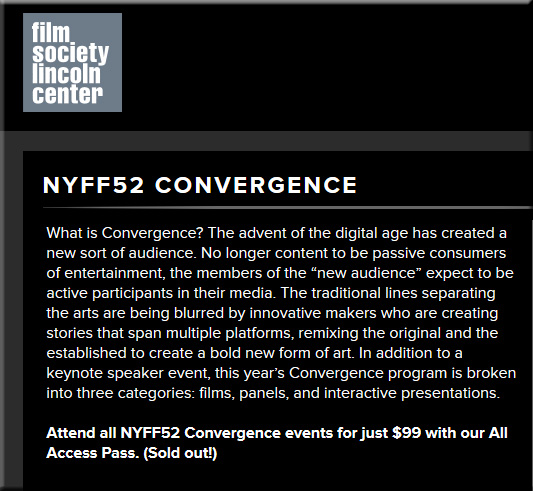
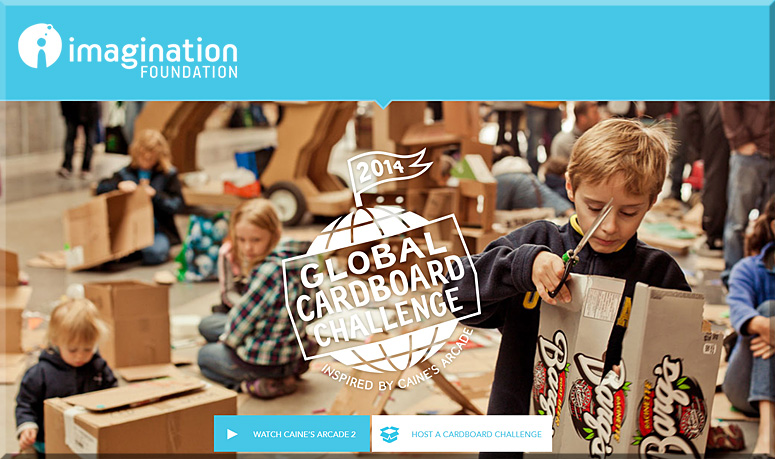

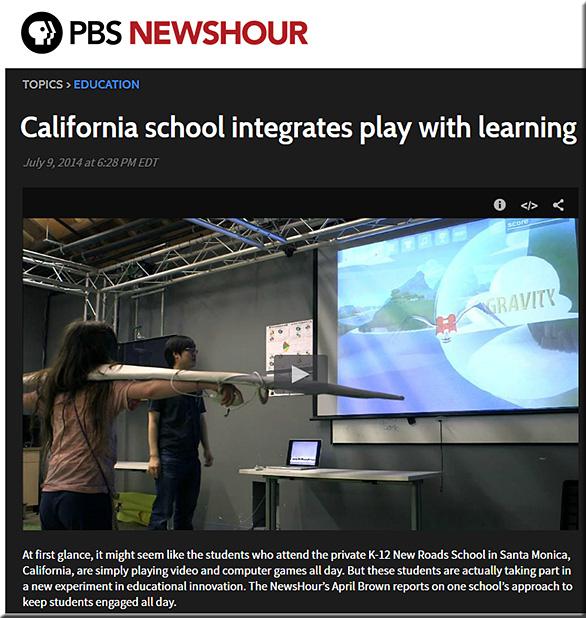
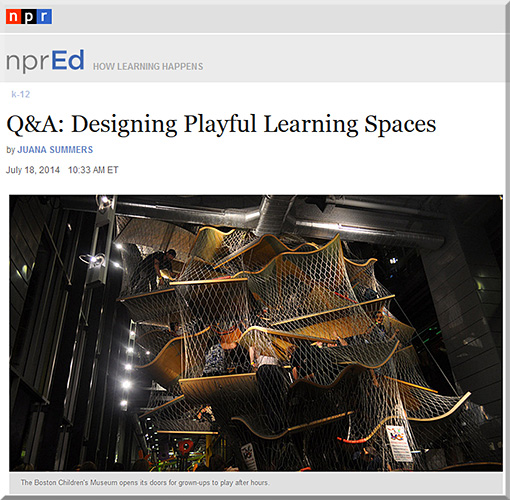

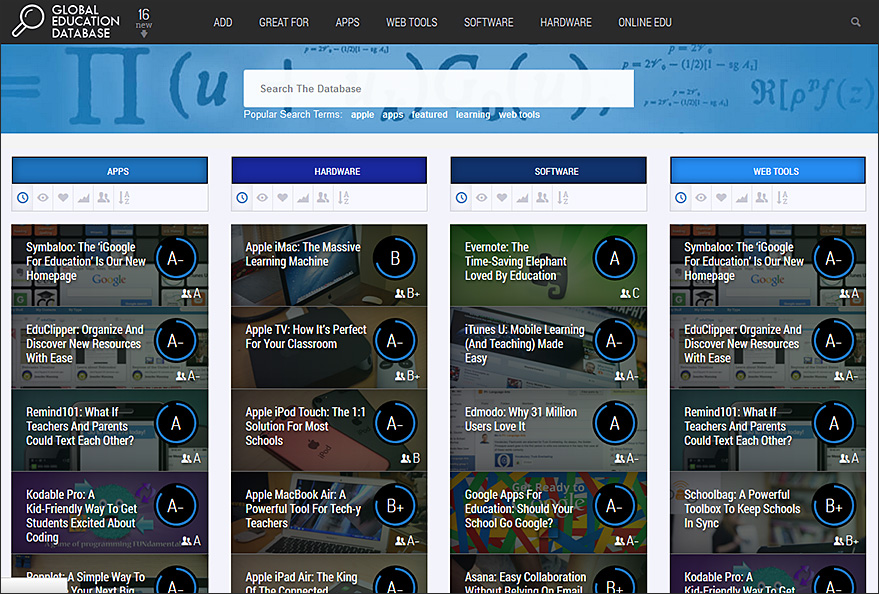


![The Living [Class] Room -- by Daniel Christian -- July 2012 -- a second device used in conjunction with a Smart/Connected TV](http://danielschristian.com/learning-ecosystems/wp-content/uploads/2012/07/The-Living-Class-Room-Daniel-S-Christian-July-2012.jpg)

